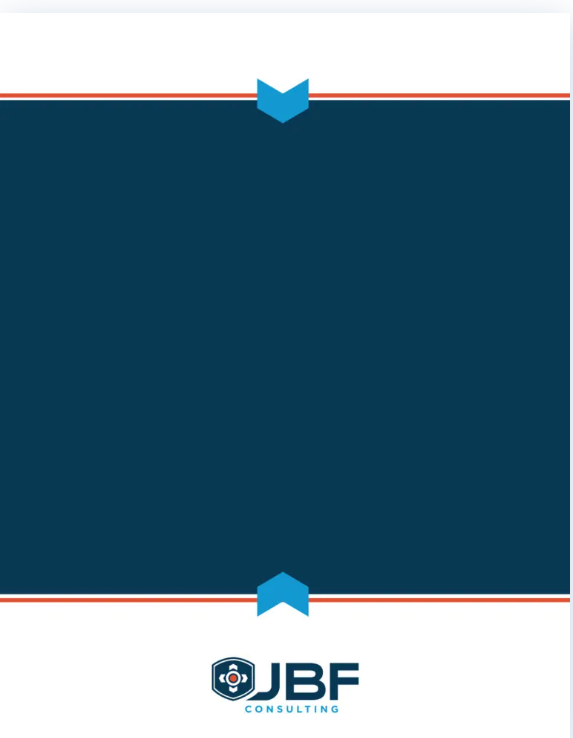Guides & White Papers Types
- Best Practices
- Market Research
- Vendor Analysis
Discover how to make your TMS the technological foundation from which transportation operational excellence is derived.
Download PDF2024 Update Analysis of Oracle OTM advanced and integrated GTM and TMS capabilities reviewed
Download PDFThis Insider's Guide addresses the 4 underlying improvement areas that have become imperatives for all prospective TMS ...
Download PDFShipper survey assesses satisfaction with Transportation Management Systems (TMS) and logistics software, highlighting key areas of concern ...
Download PDFInsider's Guide to TMS optimization by defining the Desired End-State (DES) and selecting the right technology and ...
Download PDFComprehensive analysis of how Descartes Systems Group is redefining the future of routing, mobile, and telematics with ...
Download PDFAnalysis of ORTEC's routing and load building software, featuring predictive orders, master routing decay, optimization, industry-specific cloud ...
Download PDFDiscover how the right testing strategies can significantly mitigate risks, ensure alignment with expectations, and pave the ...
Download PDFAnalysis of Oracle OTM on the integration of digital freight brokers during both planning and execution in ...
Download PDFA deep dive into the strengths and limitations of modern fleet routing solutions, focusing on high-density networks, ...
Download PDFBlue Yonder Luminate TMS reveals enhancements in carrier adaptability, machine learning optimization, SMB-focused architecture, and user-centric design ...
Download PDFThis buyers guide will educate you about the importance of taking the time to conduct proper due ...
Download PDFAnalysis of Oracle's OTM platform highlights advanced features in transportation forecasting, dynamic capacity, machine learning, sustainability, and ...
Download PDFManhattan Associates' updated TMS now called Manhattan Active Transportation Management (MATM) features microservices architecture, enhancing scalability and ...
Download PDFThis guide outlines the four steps for optimizing transportation spend: getting the right data, using appropriate technology, ...
Download PDFA detailed analysis of the financial impact of detention on truckload carriers and details why shippers frequently ...
Download PDF




